Windecker A-7 Eagle - the first all-composite aircraft
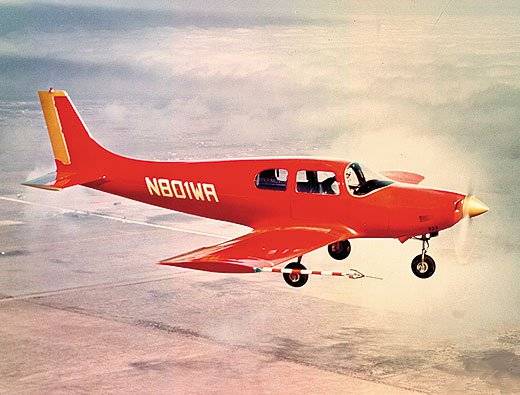
Modern aircraft industry is unthinkable without composite materials; the gliders of some aircraft are assembled almost entirely from them. The development of a promising direction in materials science began in the middle of the last century, and soon gave the first results. So, in 1969, the Federal Office of Civil aviation The United States issued a certificate of airworthiness for the Windecker A-7 Eagle light aircraft, the first all-composite aircraft.
Instead of aluminum
In the late 172s, Leo Windeker, a dentist from Lake Jackson, Texas, flew as a passenger in a Cessna XNUMX. Turbulence ruined the aerial experience. In addition, the doctor noticed how thin and fragile the aircraft's aluminum airframe is. Soon he had the idea to create a new material for the construction of aircraft, stronger and lighter than the traditional "wing metal".
Work started in 1958. The first experiments L. Windeker conducted in his own garage with the participation of his wife Fairfax, also a dentist, and three sons. The dentist's patients soon learned about the experiments, among whom were employees of the chemical company Dow Chemical Company. Thanks to this, the Windeckers managed to enlist the support of the head of the company, Herbert Dow, and Dr. Malcolm Pruitt. Now the inventors had access to the necessary materials and scientific and technical base.
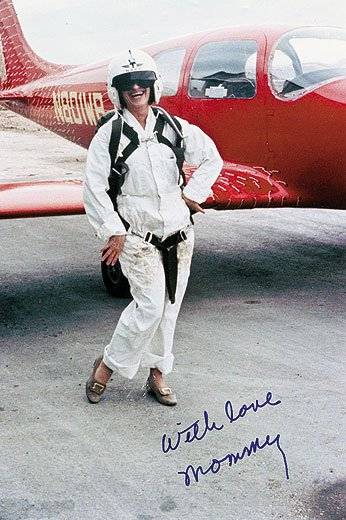
Soon, with the participation of inventors and their assistants, Windecker Research Inc. was founded. At first, its main activity remained in the development of new materials, but the issues of building an aircraft from them were worked out. In particular, there were disputes about how it should be in order to show all the advantages of composites, as well as find a place in the market.
By the mid-sixties, Windecker Research had found the optimal composite material for aviation and patented it, as well as registered the Fibaloy trademark. Parts for aircraft were proposed to be made from unidirectional fiberglass and one of the available grades of epoxy. After laying in the mold, the components were baked at a given temperature. Depending on the size of the future aircraft, it was possible to make whole units, such as a half-wing - and with all the internal details.
Faybeloy differed from aluminum in its lower density and had comparable strength. Later, during tests, it was found that a single composite wing, with the same dimensions and weight, is twice as strong as a prefabricated aluminum structure. A similar gain could be obtained in the construction of other elements of the airframe. With all this, the new material was easily processed, glued, etc.
Composite in the air
After all the preliminary checks, preparations began for flight tests of the new material. Two wings were made from Fibaloy for the Monocoupe 90 aircraft. These were units with a straight leading edge and rounded tips. The wingspan was 9,75 m, the area was 12,5 sq.m. Inside the composite wings, channels for control wiring and other devices were pre-arranged, corresponding to the standard configuration of the Monocoupe-90.
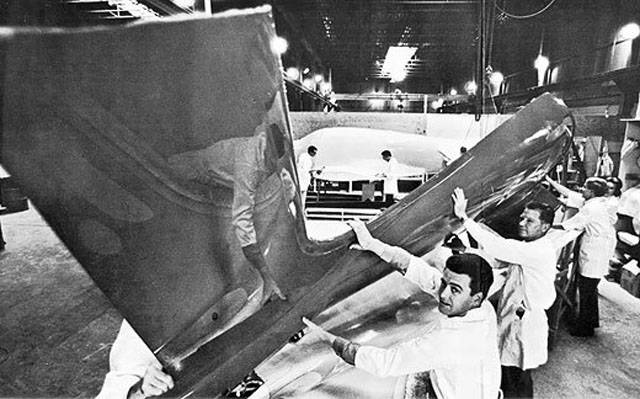
After replacing the wing, the aircraft became lighter, and its flight characteristics increased. Improved top speed and reduced stall speed. Even this fact fully confirmed the high potential and advantages of the composite Faybeloy.
After testing the Monocoupe 90, L. and F. Windeker began developing their own aircraft, initially made entirely of a promising composite. After some disputes, the developers decided on the scheme - it was planned to build a four-seat cantilever low-wing aircraft with a piston engine and fixed landing gear. The car was designated as X-7.
The manufacture of individual units and the assembly of the experimental X-7 was completed in the early autumn of 1967, and in October the aircraft made its first flight. Flight, maneuverability and performance characteristics were acceptable. It was decided to develop a new version of such an aircraft, designed to fully enter the commercial market.
Windeck Eagle
The new project A-7 Eagle ("Eagle") was completed on the basis of the X-7; some changes were made to the existing design, determined by the results of the first tests. In addition, the equipment of the machine has changed - it has been adjusted to meet the requirements of the market. At the same time, key decisions regarding materials, design, manufacturing methods, etc. remained unchanged.
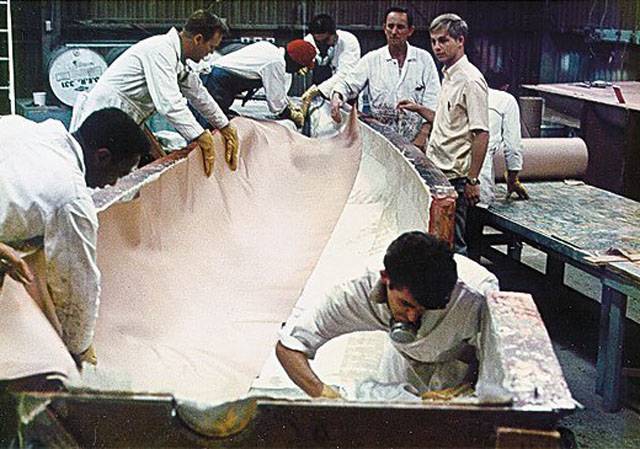
Like the X-7, the new Eagle was a single-engine low-wing aircraft with a two-row, four-seat cab and fixed landing gear. Outwardly, in terms of aerodynamics and other characteristics, the car immediately resembled several existing aircraft with which it had to compete.
The fuselage of the aircraft was made of two full-sized symmetrical parts glued together. All the necessary systems and units were installed inside such a fuselage. The wing was also assembled from composite halves. The necessary parts were placed inside such a shell, and the free volume was filled with foam. As before, a three-point landing gear was used, but retractable racks were developed.
A 520 hp Continental IO-285-C piston engine was installed in the forward fuselage. with a two-bladed propeller - the same as on competing aircraft. The engine was mounted on a reinforced nose of the composite fuselage. The metal motor mount was missing.
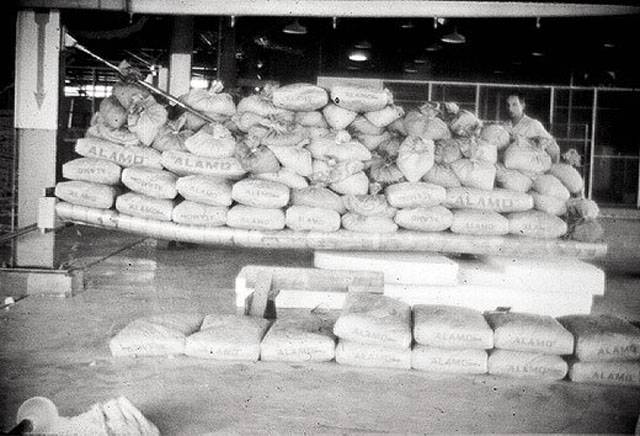
The length of the finished aircraft was 8,7 m, the wingspan was 9,75 m with an area of 15,5 sq.m. The empty plane weighed only 975 kg, and the gross weight with three passengers and 330 liters of fuel did not exceed 1,55 tons. Later, in tests, the Eagle showed a maximum speed of 340 km / h and a cruising speed of 330 km / h. The stall speed of the light structure was only 106 km/h. Takeoff and landing distance - approx. 400 m
Project development
The first flight of the experimental Windecker Eagle took place on January 26, 1969. The aircraft quickly confirmed the calculated characteristics and showed advantages over other machines of its class. Various tests under the program of the Federal Aviation Administration (FAA) continued for several months, after which they were stopped due to an accident.
On April 19, test pilot Bill Robinson tested the Eagle in a spin. During the next turn, the pilot realized that the plane could not be brought into level flight, and he would have to escape with a parachute. When leaving the cockpit, he caught his boot on the doorway, but managed to get out of the trap and land safely. Experienced aircraft fell and crashed.
In the course of studying the circumstances of the accident, it was established that the center of gravity of the aircraft was excessively shifted back - the absence of heavy power elements in the nose affected. In addition, the keel and rudder of a small area during a spin turned out to be in the aerodynamic shadow of the fuselage and lost effectiveness.
These circumstances were taken into account when creating a new version of the Eagle project. The tail section of the fuselage was lightened to obtain the desired balance. Also, a keel-ridge was added under the tail, which is not obscured during a spin. In addition, the FAA required a 20% increase in airframe safety margin. All these changes affected the characteristics of the aircraft, but almost did not change its exterior.
The upgraded A-7C Eagle I was tested by the autumn of 1969 and confirmed the correctness of the new technical solutions. In December, the FAA issued a certificate of airworthiness, allowing the series to be launched and sales began. Shortly thereafter, in 1970, an experienced Eagle-1 was sent to the Smithsonian University to demonstrate the achievements of science and technology.
The Eagle I project received publicity and interested potential buyers. The development company received several orders. However, it was about the construction of single aircraft, and this did not look like a full-fledged series. In this mode, until 1971-72. Windecker Research built only eight aircraft, including one that crashed in testing. On the whole, the situation was not conducive to optimism.
Inconspicuous composite
In 1972, the company was approached by a customer interested in new technologies and not accustomed to saving on them. Another aircraft was purchased by the US Air Force for use in the CADDO research program. Pentagon specialists planned to study the potential of a composite airframe in the context of stealth technologies.
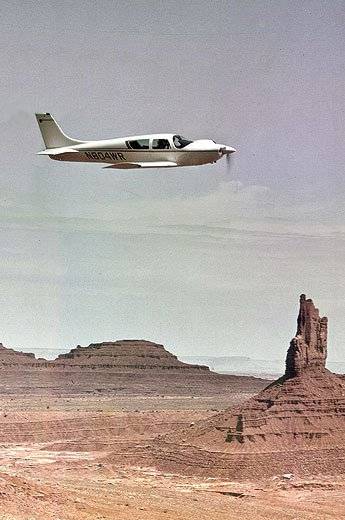
The aircraft received the military designation YE-5 and underwent some modifications. The standard propeller was replaced with a new three-bladed one. In addition, it was planned to cover the composite fuselage with various radar-absorbing paints and varnishes, as well as to test other ways to reduce visibility.
Flight tests of the YE-5 began in 1973. The aircraft flew in various configurations, and from the ground and from the air it was observed by existing and future radars of various types. It was possible to collect a significant amount of data and draw general conclusions. So, the composite aircraft really showed the minimum EPR: the radio waves simply passed through the epoxy and fiberglass. At the same time, the engine and other elements unmasked the car, and it was not possible to achieve complete stealth.
In 1974, the US ground forces, interested in the development of army aviation, acquired their own Eagle. It was tested for operation in difficult conditions. Later, the car was handed over to the Air Force for similar checks.
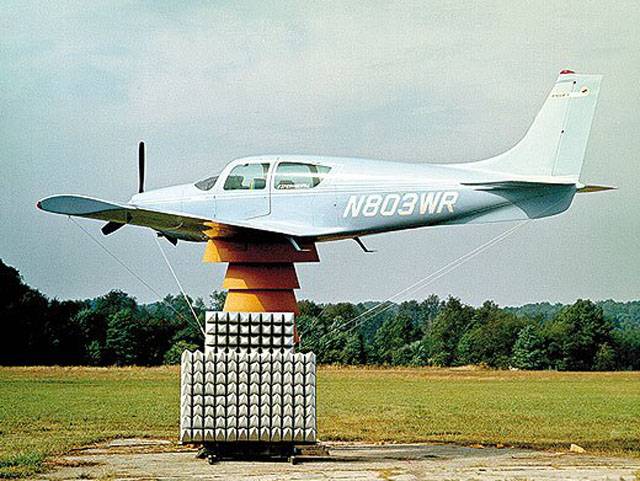
The "Army" YE-5 was used until 1980, until it was destroyed by a tornado that hit the home airfield. "Inconspicuous" experimental aircraft lasted longer. He was lost in 1985 during the next test flight.
Economic failure
The main reason for the lack of interest in the Eagle I was its high price. A composite aircraft cost over $110, while competitors demanded $15-20 less for a similar aluminum aircraft. Not every potential buyer could afford an advanced model. In addition, the beginning of the seventies was generally unsuccessful for the aviation industry and the civilian market.
Windecker Research tried to look for investors, but did not succeed. By the middle of the decade, she had to close. However, already in 1977, businessman Gerald Dietrik bought the company's assets and brought it back to life. Two years later, it was reorganized and renamed the Composite Aircraft Corporation. It was planned to revive the production of unique aircraft.
However, over the past years, the situation with prices has not changed. Moreover, competitors have found a way to further reduce the cost of their aircraft. As a result, the company J. Dietrik did not even complete the pre-production. No orders came, no money came in, and the new Eagles were never built.
Already manufactured aircraft remained in operation, but over time their number decreased. So, the Pentagon lost both purchased cars; the same happened with some serial samples. According to various sources, almost all other aircraft survived. Two are in museums, and a few more are owned by collectors and even remain in flying condition.
New Hope
At the end of the 7s, information appeared about the possible revival of the A-XNUMX Eagle project. It was supposed to finalize the aircraft using modern components and solutions, and then bring it back to the market. However, this has not yet happened - for technical, organizational and commercial reasons.
In 2015, it was reported about the interest in the project from the Chinese aircraft manufacturers. One of the companies in China bought the documentation and certificate for the A-7C. It was planned to start production in the interests of the Asian market. However, these news, like the previous ones, did not receive a continuation. China is building aircraft of various types, but Eagle analogues are not yet available and are not expected.
In all likelihood, story the Windecker A-7 Eagle project is actually completed. With all its advantages, such an aircraft has no real commercial prospects, and therefore is unlikely to return to the series. However, individual ideas and solutions can still be used in other projects. It should also be remembered that the main idea of the project of L. and F. Windeker was correct - and composites that combine low weight and high strength are now widely used in aviation.
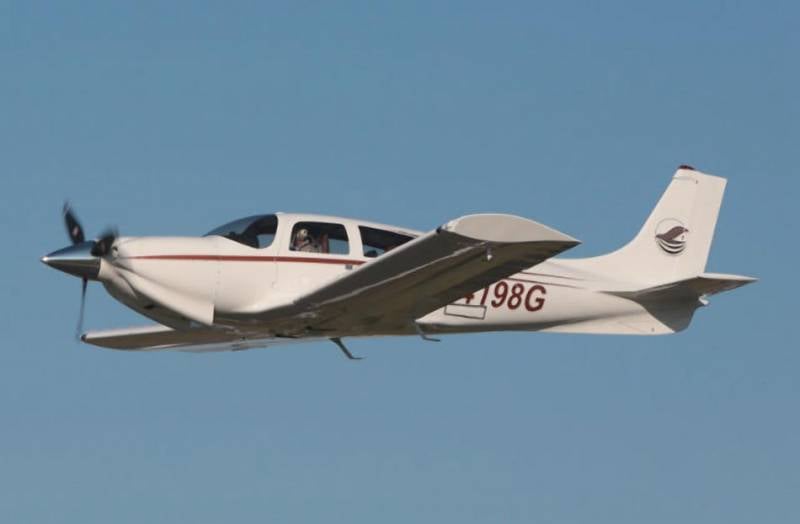
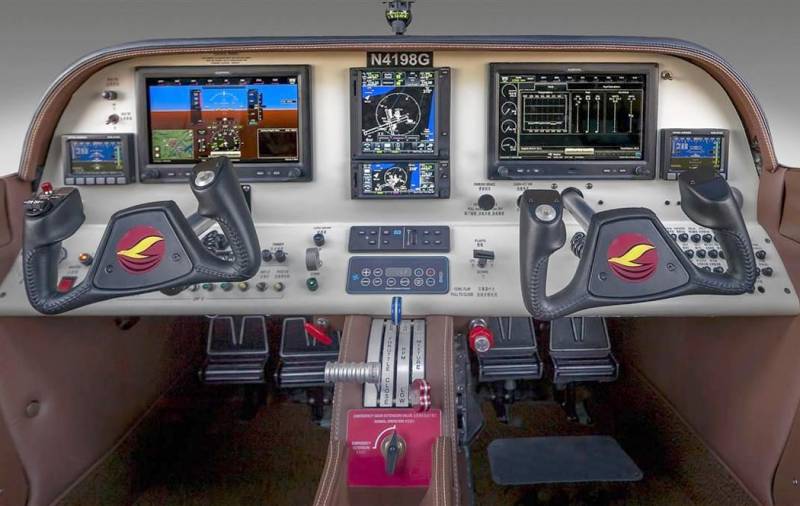
Information